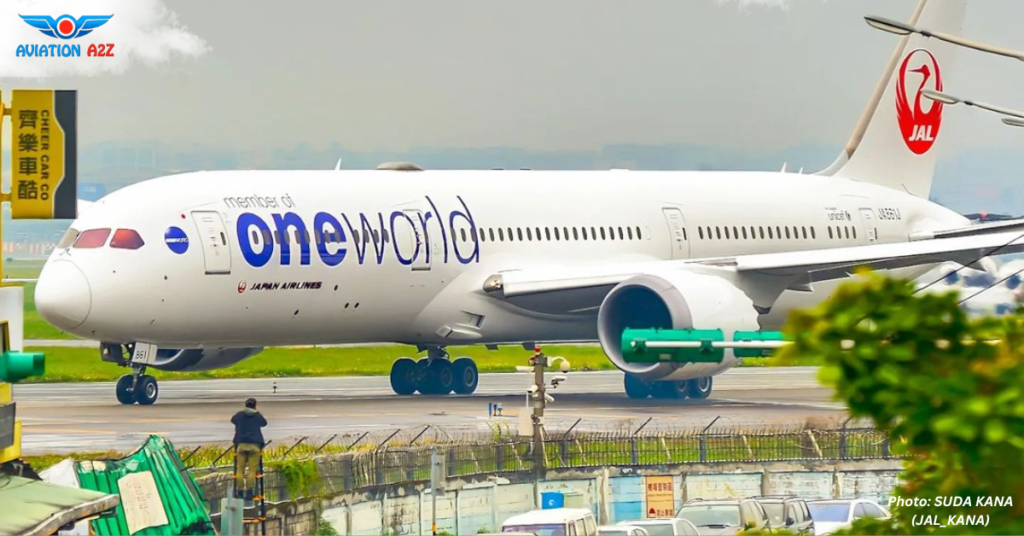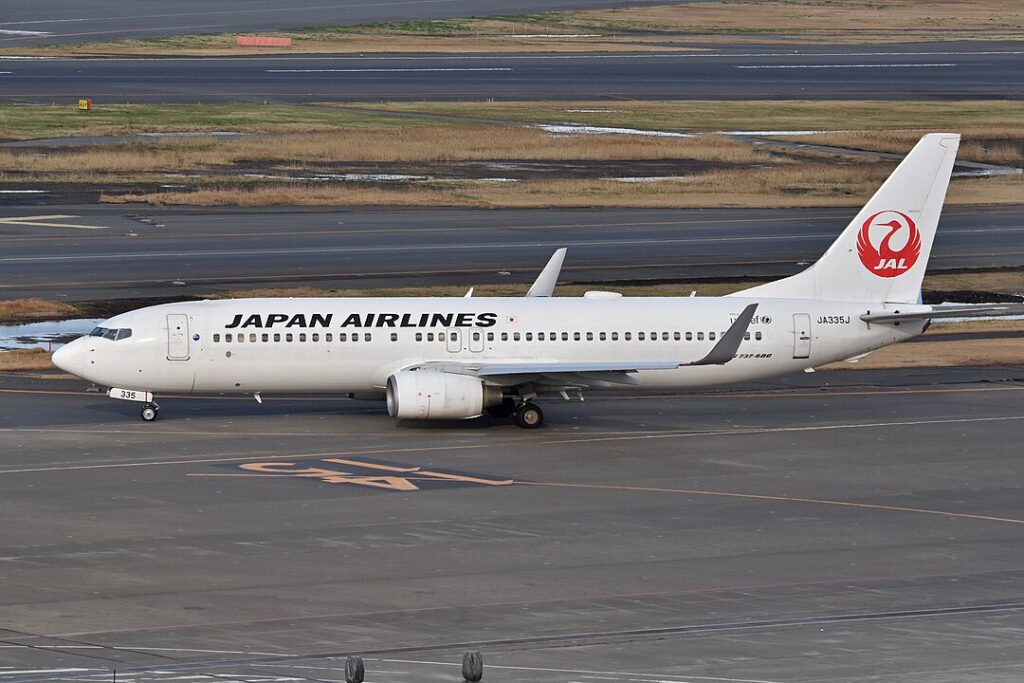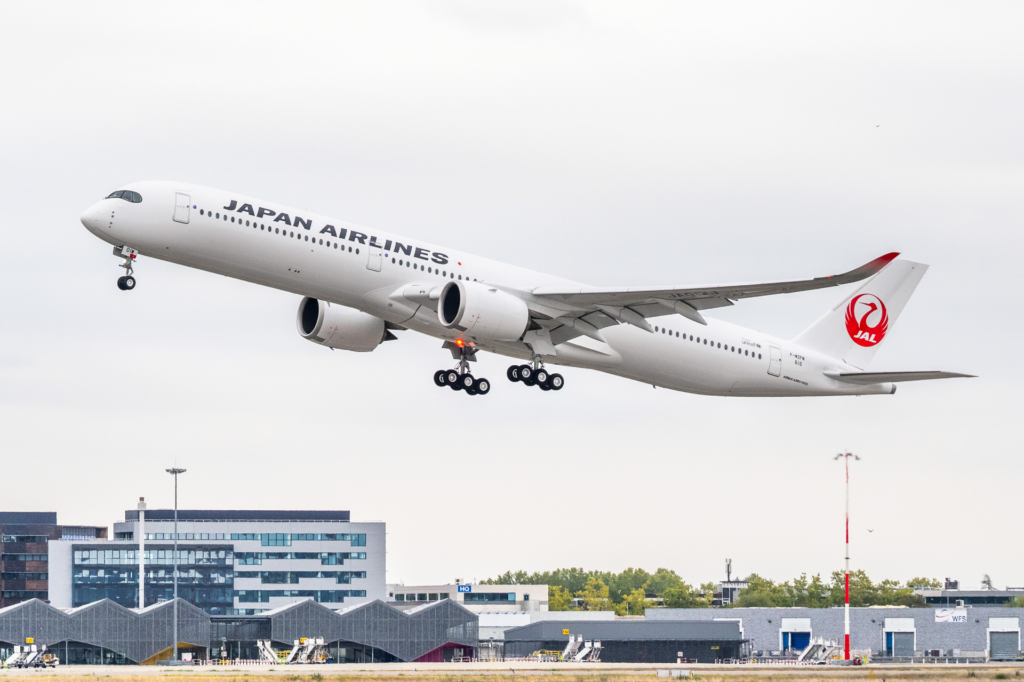TOKYO- Japan Airlines (JAL) announced on March 21, 2024, following its board of directors meeting, the decision to incorporate a total of 21 Airbus A350-900 aircraft, accompanied by 11 A321neo aircraft and 10 Boeing 787-9 aircraft from The Boeing Company, as part of its strategy for fleet renewal.
JAL will integrate an additional 20 Airbus A350-900 aircraft for its international routes, which currently constitute the core of its domestic operations. Additionally, JAL intends to supplement its existing fleet of over 50 Boeing 787 series aircraft with 10 Boeing 787-9 aircraft.

Japan Airlines New 42 Aircraft Order
These new aircraft additions aim to strengthen and broaden JAL’s international flight capacity, particularly in regions such as North America, Asia, and India, where significant growth is anticipated.
By the year 2030, JAL aims to expand and enrich its international network, augmenting the collective supply capacity of both full-service carriers and low-cost carriers (LCCs) by approximately 1.4 times.
Concurrently, JAL plans to expedite the adoption of state-of-the-art, fuel-efficient aircraft to elevate customer service standards and further mitigate CO2 emissions. The incorporation of both aircraft types is scheduled over a span of roughly six years, commencing in FY2027.

Strengthening Domestic Connectivity
For its domestic operations, JAL is set to incorporate 21 Boeing 737-8 aircraft to supplant its current Boeing 737-800 fleet, commencing in 2026.
Furthermore, in a bid to modernize its existing fleet of medium-sized Boeing 767 aircraft, JAL has opted to introduce 11 Airbus A321neo aircraft. This marks the inaugural deployment of Airbus A321neo aircraft for JAL.
These aircraft will be strategically allocated to routes in accordance with demand patterns, including those to and from Tokyo Haneda Airport (HND), starting in 2028.
Additionally, JAL has introduced an additional Airbus A350-900 (configured for domestic routes) to replace the A350-900 aircraft lost in January 2024.
The JAL Group is dedicated to progressively integrating fuel-efficient aircraft as part of its initiatives to meet CO2 emissions reduction objectives.
These objectives entail achieving a 10% decrease in total emissions compared to 2019 levels by fiscal year 2030, aiming to reach near-zero emissions by fiscal year 2050.
Here is the detailed breakdown of JAL’s delivery schedule and deployment in international and domestic sectors.

Stay tuned with us. Further, follow us on social media for the latest updates.
Join us on Telegram Group for the Latest Aviation Updates. Subsequently, follow us on Google News.

